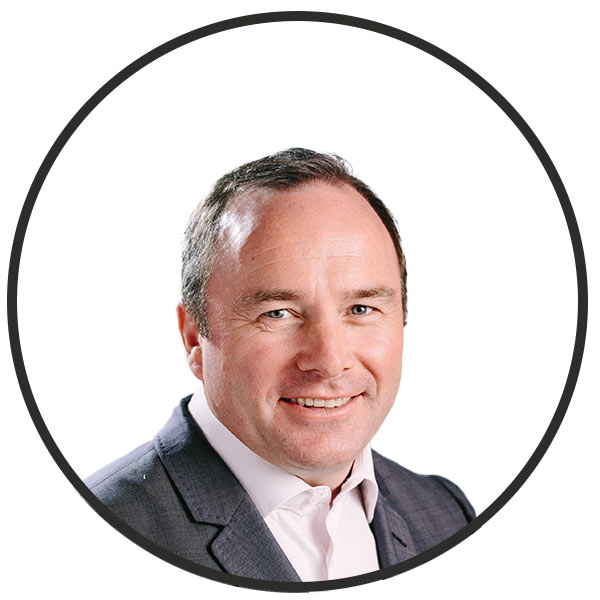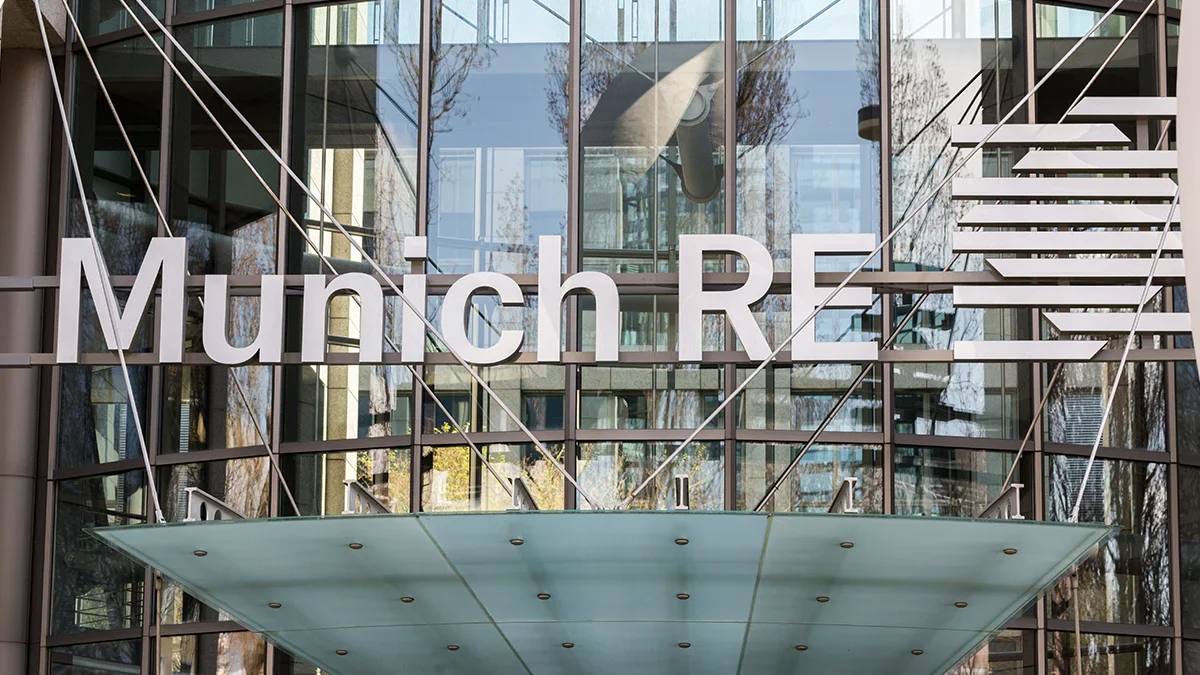• Nat cat capacity in Asia was ebbing away last year, but has now started to come back.
• The main reason for its return is higher rates, allowing reinsurers to be properly rewarded for the risk they are taking on.
• Whether this trend lasts will depend on rates remaining “sustainably high” in the forthcoming 1:1 renewals.
• Everyone is watching the final quarter of 2023 to see if there are any sudden nat cat surprises.
As reinsurers gear up for the 1:1 renewal negotiations at the end of this year, there is a sense that rates have risen enough for capacity in the Asian nat cat markets to return. Last year a number of reinsurers pulled back from the market, following several years of high nat cat losses that hit profit margins.
Research from Guy Carpenter suggests that capacity utilisation in Asia increased from 108% in January to 137% in July, indicating that reinsurers have now recapitalised and are willing to write more natural catastrophe business.
“At the 1:1 renewals in 2024, capacity utilisation could be even higher. So, yes, you are seeing a return of capacity to the nat cat market,” Tony Gallagher, Guy Carpenter’s Chief Executive for Asia told (Re)in Asia.
He says that the environment during the last 1:1 renewals was “very unusual”, with a great deal of protracted debate about how much capital players were willing to commit.

Tony Gallagher
Guy Carpenter’s Chief Executive for Asia“At 1 January, there were still a lot of standoffs about what the retention will be; what the rates will be; what the coverage will be,” he said. “By the time you got to 1 July, people were more confident with the structures, more confident with the rates and more confident to commit.”
This was despite nat cat events in Asia not being particularly bad, apart from in certain regions such as Australia, reflecting the fact that, according to Gallagher, “the Asia cycle was a market change, not a cat-driven change”.
Sustainable rates
At a recent media briefing, Joachim Wenning, chief executive officer of Munich Re, told (Re)in Asia: “When you talk about reinsurers withdrawing capacity, I would have said that was also our observation for the 1:1 renewals last year. In the course of this year, these capacity shortages have largely gone away, perhaps not totally but at least broadly.”
Wenning added that nat cat cover remains an attractive business, but only if rates remain “sustainably high”. At softer rates the business simply isn’t manageable, he said.
“Reinsurance carriers must remain disciplined and agree to higher rates,” he warned.
Munich Re plans to capitalise on nat cat opportunities in Asia by filling in the gaps that other retreating players have left.
“There is growth potential here, and we will try to [grow] in the most diversified way so that our dependency on a single nat cat scenario isn’t overly big,” said Wenning.

Joachim Wenning
Munich Re’s Chief Executive OfficerKenrick Law, regional Chief Executive of Allianz Re, says that while nat cat capacity has been returning to the markets this year, it is still too early to see whether this will last.
“It looks like 2023 might be the first year in a while that reinsurers are able to cover their cost of capital, mainly because of the rising price of reinsurance,” he says. “Hopefully this is something that will stay with us. It’s not sustainable just to cover the cost of capital for one year. We still need to have a couple more years like this to prove that we the industry can consistently meet the cost of capital.”
Law says that last year saw a marginal increase in global reinsurance capital of 6%, from US$434bn to $461bn. “It remains to be seen whether this will be sufficient to meet the increasing demand for reinsurance capacity,” he says.
Sources that (Re)in Asia spoke to expect to see a continued return of nat cat capacity to the Asian markets, providing that there are no sudden nat cat surprises in the last quarter of this year.
However, the year isn’t over yet and the Atlantic hurricane season has just got under way.

Kenrick Law
Allianz Re’s Regional Chief Executive“Most of the nat cat activities happen in the second half of the year, so that’s why it’s still a bit too early to draw any firm conclusions about where rates are heading into the 1:1 renewals, but there are a few things to note,” says Law.
One, everyone is trying to push the retention level higher, which means that cedents will have to carry more losses. Two, it is becoming increasingly more challenging to find capacity for supporting aggregate excess-of-loss. Three, earthquake rates are likely to go up further after the two large events in Turkey and Morocco this year. And four, reinsurers will continue to push for more sustainable structures – for example, moving proportional treaties to gross excess-of-loss.
“I think that the outlook in terms of capacity will be fairly stable going forward. It’s just a question of what the pricing will do, and this might be more challenging in those territories that have recently suffered big nat cat events,” said Law.














